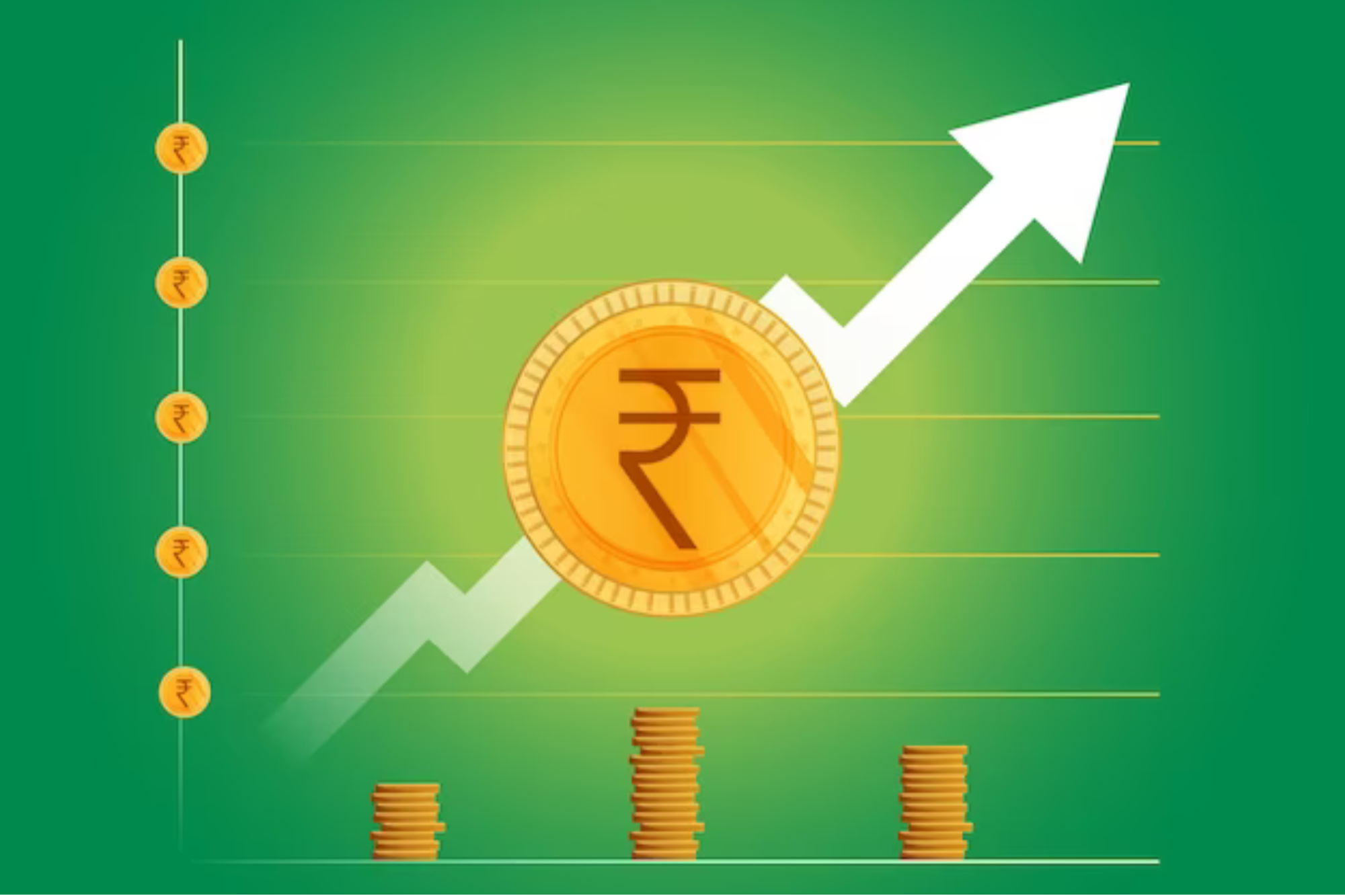India's Digital Transformation and What It Means to Banking In recent years, India has witnessed a digital revolution, reshaping the very fabric of its banking industry and extending financial services and inclusivity to unprecedented levels
By Srikanth Nadhamuni •
Opinions expressed by Entrepreneur contributors are their own.
You're reading Entrepreneur India, an international franchise of Entrepreneur Media.

For the longest time our banking systems did not cater to the entire population, banks largely catered to the urban middle class. Bank branches did not extend much beyond cities, in spite of RBI's efforts towards financial inclusion. The cost of branch based banking services was high and was only feasible to extend services to the urban middle class, which had sizable deposits in their bank accounts.
In recent years, India has witnessed a digital revolution, reshaping the very fabric of its banking industry and extending financial services and inclusivity to unprecedented levels.
THE BOOM OF INTERNET DATA
A pivotal moment in this transformation was the penetration of mobile phones intertwined with affordable internet access. As smartphone penetration increased, internet data rates plummeted with economies of scale, making online services accessible to a broader audience, laying the groundwork for an unparalleled digital boom. Between 2014 and 2022, smartphone penetration surged from 15% to 66% of the population, while the cost of data plummeted from Rs 260/GB to a mere Rs 7/GB. This transformation, from mobile internet being a luxury to a staple, has been fundamental in enhancing accessibility to banking services across the nation.
The Aadhaar project launched in 2010 has served not only as a cornerstone of India's digital Identity platform, but also created a template for how Digital Public Infrastructure (DPIs) can be designed and deployed
THE UIDAI TOUCH
The Aadhaar project launched in 2010 has served not only as a cornerstone of India's digital Identity platform, but also created a template for how Digital Public Infrastructure (DPIs) can be designed and deployed. It made banking and financial services more accessible and convenient by reducing KYC costs for banks from Rs 500 to Rs 3 per KYC. This move has not only streamlined the process but also catapulted the reach of banking services to remote corners of India, fostering financial inclusivity.
The recent rollout of Aadhaar's facial verification functionality offers a secure and simple solution for executing high-value transactions with just a smartphone, a substantial upgrade from previous methods that necessitated specialized biometric devices. This innovation will transform the landscape of online banking, ensuring a high-trust framework for digital banking transactions.
Building on India's DPI template, the National Payment Corporation of India created the Universal Payment Interface that has reshaped India's digital payments landscape. Remarkably, within just six years, UPI propelled India to the number one spot in volume of digital payments globally. UPI clocked 10.5 billion transactions in August 2023 alone. Even the fruit vendor on the street prefers QR code based UPI payments over cash, highlighting a remarkable behavioral change from cash based retail transactions.
BANK ACCOUNT FOR ALL
The Prime Minister's Jhan Dhan Yojana, propelled by Aadhaar based KYC and mobile and internet penetration helped create bank accounts for 80% of the population in 6 yrs which would have otherwise taken about 50yrs to achieve.
In conclusion, India's digital transformation journey, fueled by a synergy of Aadhaar, UPI, eSign, DigiLocker, and the newly introduced ONDC, has radically redefined the banking landscape, enhancing convenience and fostering unprecedented financial inclusion in rural locales previously unreached.












